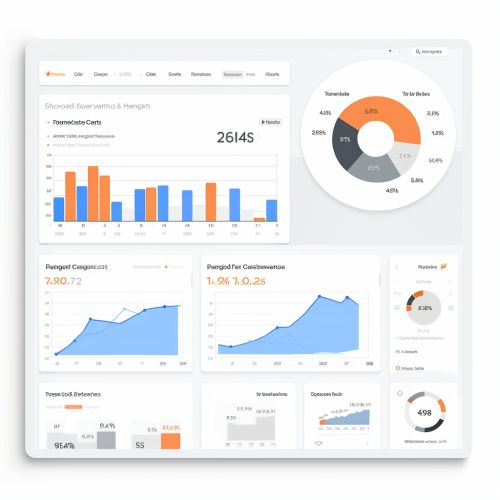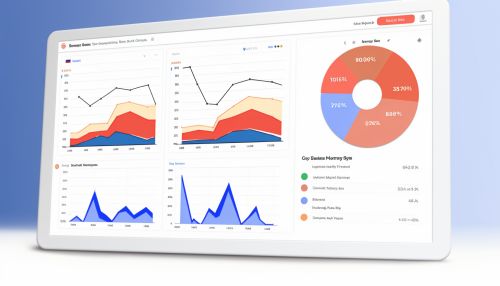Google Analytics
Overview
Google Analytics is a web analytics service offered by Google that tracks and reports website traffic. Launched in November 2005, it has become one of the most widely used web analytics service on the internet. Google Analytics provides valuable insights that can help you to shape the success strategy of your business.
Features
Google Analytics offers a range of features that allow users to analyze in-depth detail about the visitors on their website. It provides valuable insights that can help you to shape the success strategy of your business.
User Analysis
Google Analytics provides a detailed breakdown of the demographics of website visitors, including age, gender, interests, location, and language. This information can be used to better target marketing efforts and improve user experience.


Traffic Sources
Google Analytics allows users to see where their traffic is coming from, whether it be from search engines, direct visits, referral sites, or social networks. This can help businesses to focus their marketing efforts on the most effective channels.
Content Analysis
Google Analytics provides detailed statistics about the performance of individual pages and the user journey through the site. This includes information about bounce rates, average time on page, and exit percentages.
Conversion Tracking
Google Analytics allows users to set up goals to track when a user completes a specific action on a site. This could be anything from completing a purchase, to spending a certain amount of time on a page, to viewing a specific piece of content.
How it Works
Google Analytics works by the inclusion of a block of JavaScript code on pages in your website. When users to your website view a page, this JavaScript code references a JavaScript file which then executes the tracking operation for Analytics. The tracking operation retrieves data about the page request through various means and sends this information to the Analytics server via a list of parameters attached to a single-pixel image request.
Benefits of Google Analytics
Google Analytics is a powerful tool for businesses looking to gain insight into their online audience and marketing effectiveness. With it, you can track ROI for your online marketing and learn more about your audience so you can offer them a better online experience.
Understanding Your Audience
Google Analytics provides a wealth of information about your audience, including their demographics, interests, behavior, and more. This can help you to better understand your audience and tailor your content and marketing efforts to meet their needs.
Measuring Marketing Effectiveness
Google Analytics allows you to measure the effectiveness of your online marketing campaigns. This includes everything from SEO to social media to email marketing and more. By understanding what is working and what isn't, you can make informed decisions about where to invest your marketing budget.
Improving User Experience
By understanding how users interact with your site, you can make changes to improve their experience. This could include making changes to the site design, improving site navigation, or even creating new content that better meets the needs of your audience.
Limitations and Criticisms
Despite its many benefits, Google Analytics has also faced criticism. Some of the most common criticisms include issues with data accuracy, privacy concerns, and a steep learning curve for new users.
Data Accuracy
One of the main criticisms of Google Analytics is that it can sometimes provide inaccurate data. This can be due to a number of factors, including bot traffic, users blocking cookies, and issues with code implementation.
Privacy Concerns
Google Analytics has also faced criticism over privacy concerns. Because it collects detailed information about website visitors, some have raised concerns about how this data is used and who has access to it.
Learning Curve
While Google Analytics is a powerful tool, it can also be complex and difficult to use for beginners. Some users have reported a steep learning curve and difficulty understanding some of the more advanced features.
